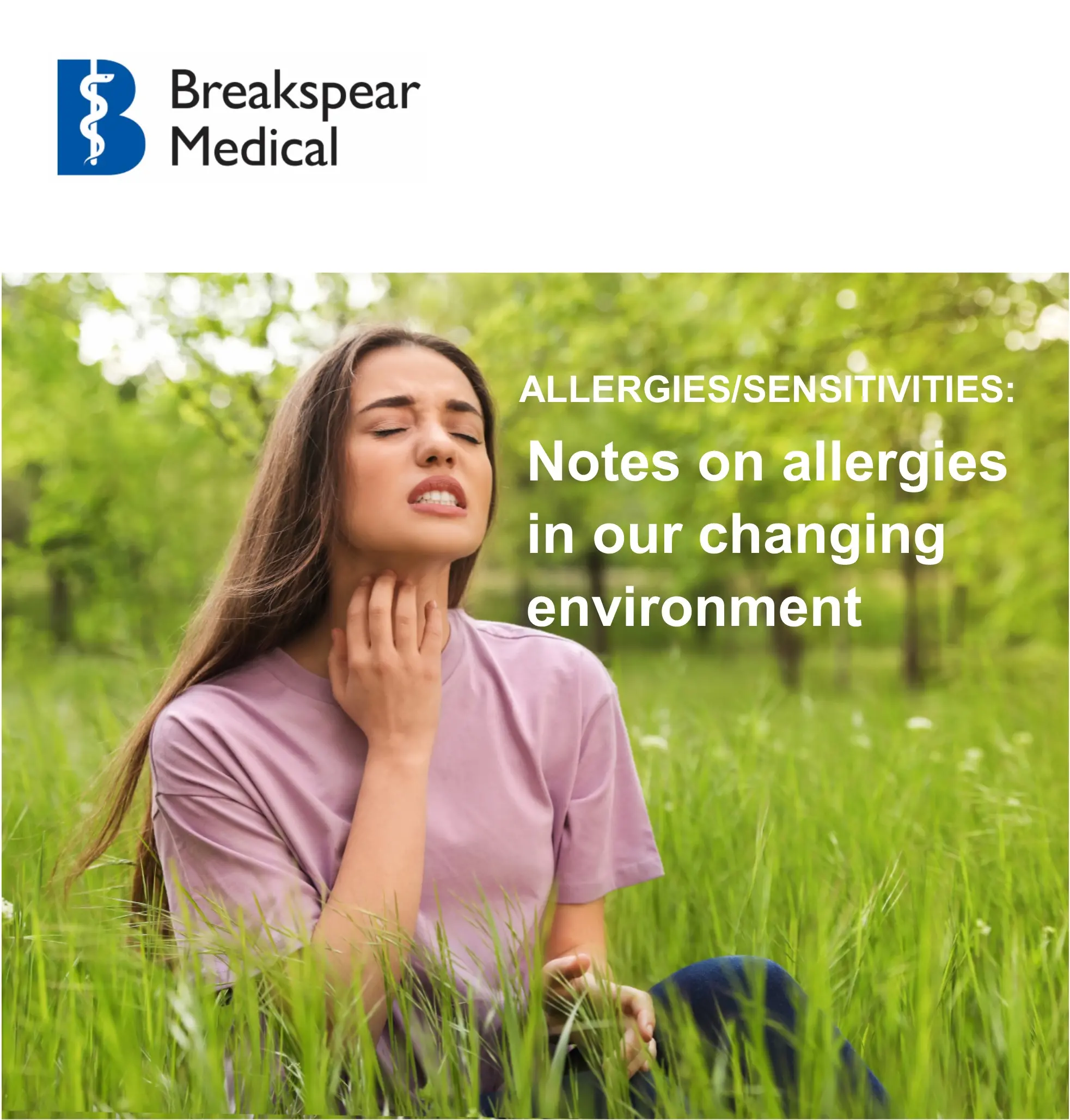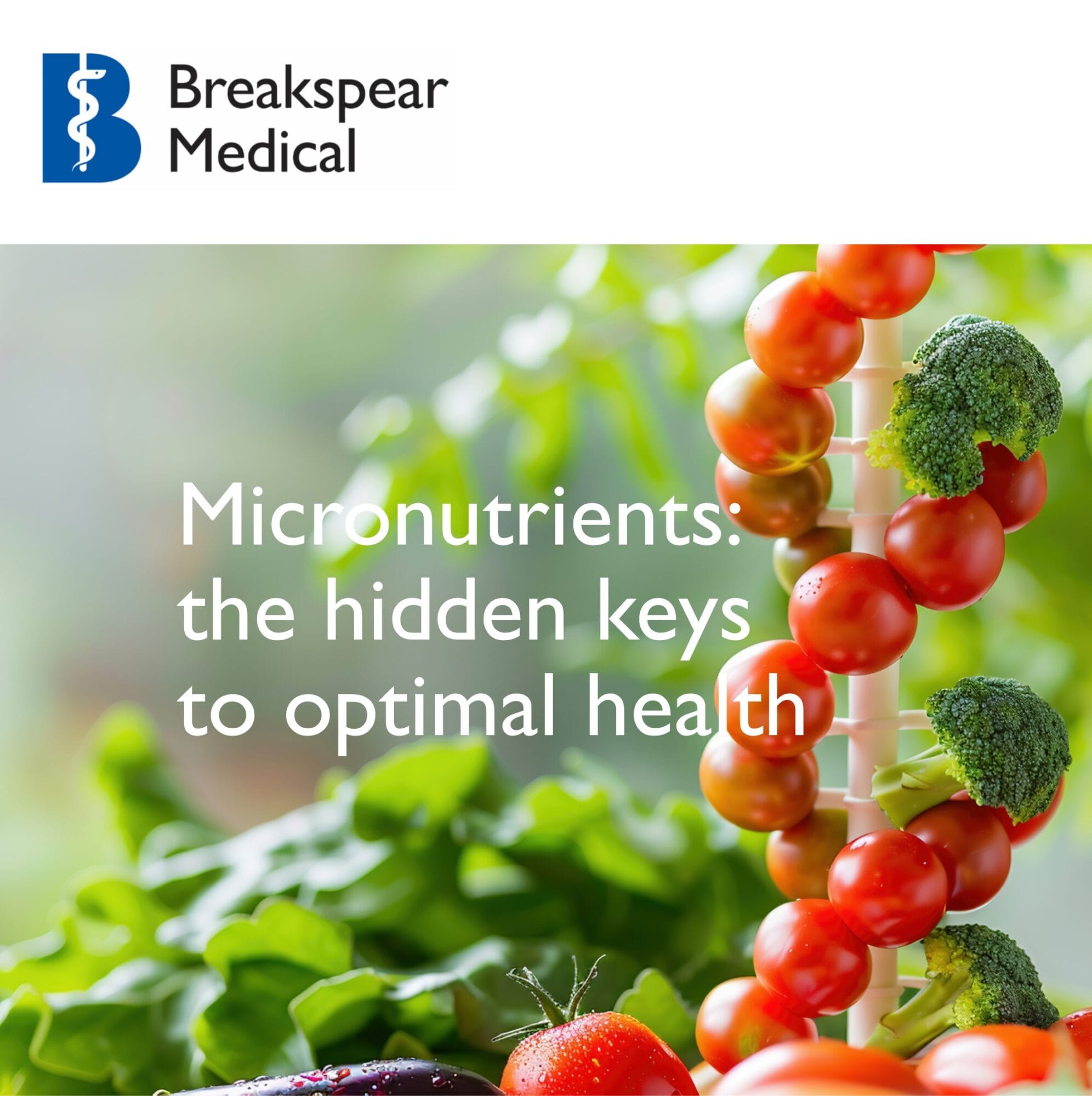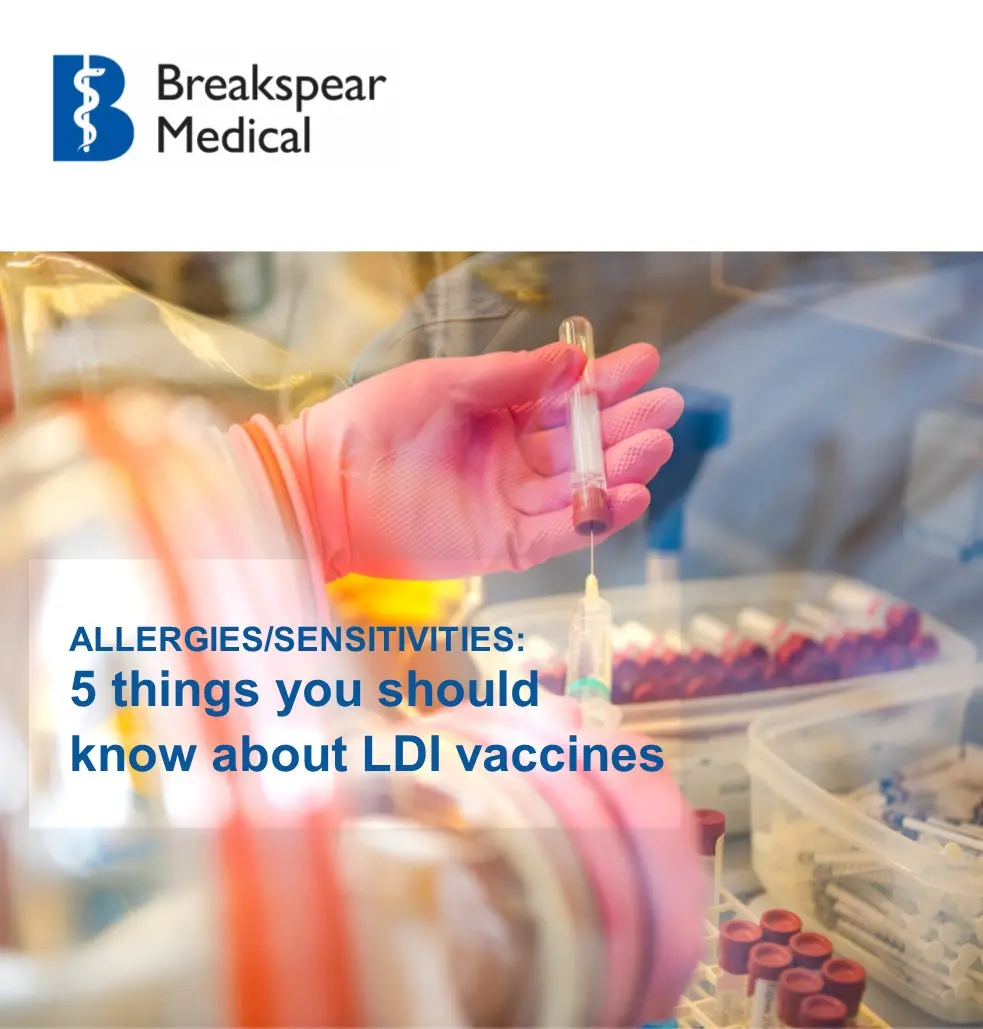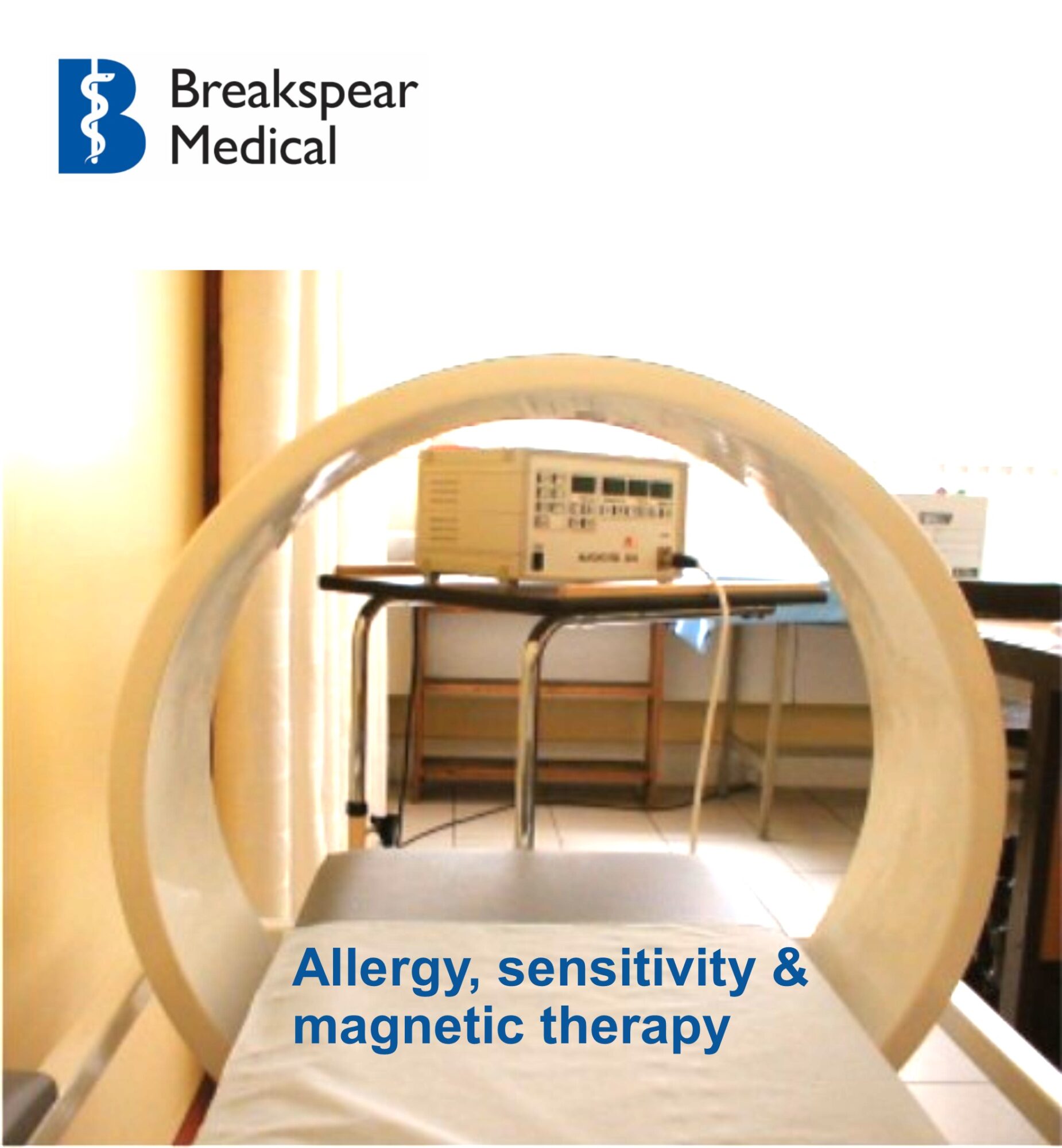In our fast-paced world of convenience foods and busy lifestyles, we often overlook micronutrients, which…

Notes on allergies in our changing environment
It is Allergy Awareness Week 22-28 April. Breakspear Medical has been actively raising awareness of allergies/sensitivities and our changing environment for over 40 years. In this blog, we look back at an article we published in 2005.
Edited excerpt from Breakspear Medical Bulletin Issue 8:
The incidence of allergies is rising. Two increasingly common examples in the rise of allergies are hayfever and asthma.
History of hayfever
The first report of hayfever was in the Medico-Chirurg Transactions 1819, when Dr Bostock reported a case of the periodical affection of the eyes and chest. This was his own condition on which he reported, at the beginning of the industrial revolution. He then took several years to collate half a dozen more cases for a further report.
In 1997, approximately 12% of children under five were diagnosed with asthma. In 2004, that figure increased to more than a 20%. In 2005, it was estimated that asthma affects 3.4 million people in the UK, including 1.5 million school children. The total cost of asthma in the UK was over £1,000 million per annum.
(According to the National Institute for Health and Care Excellence (NICE), accessed April 2024, approximately 12% of the population have been diagnosed with asthma. The incidence of asthma is higher in children that in adults.)
What allergy is
Defined by the Oxford dictionary, allergy is “a damaging immune response by the body to a substance to which it has become hypersensitive.”
Allergic sensitisation is usually with an immune response called an IgE antibody response to an environmental protein where the protein and antibody, together, target an organ which responds to allergic sensitisation.
The target organs of allergy are:
- Nasal passages
- Paranasal sinuses
- Eye
- Bronchial tree
- Gut
- Skin
- Vascular system
The mechanism of allergy involves an initiating exposure to the antigen, the production of IgE antibody to the antigen and then the binding of the complex to a cell called a mast cell or basophil in the body. These then release histamine and other mediators that cause the inflammatory response.
The site of the disease can be different from the site of inoculation and food sensitivities can cause urticaria, asthma and anaphylaxis. Bee stings may cause a generalised anaphylaxis. However, in chemical sensitivity many inorganic substances, and organic and complex mixtures can also cause reactions. This process is known as induction. Induction is a single event associated with the onset of allergy or chemical sensitivity.
The reason why chemicals will aggravate allergies is because inflamed tissue processes antigens. That means that anything that is a respiratory irritant, such as sulphur dioxide, diesel particles or ozone, will be a precipitator of an allergic reaction to other substances also, but there will be compounding effects, because chemical sensitivity can also occur.
Hence foods, chemicals and inhalant allergens are all combined to increase the likelihood of heightened sensitivity in the population. In 2005, hayfever was said to affect half the people in urban communities where there are more chemicals acting as adjuvants.
When people have developed heightened sensitivities, they have a lowered lever of natural killer cells, which can scavenge cancer cells.
Chemicals can also cause cytokine shift. Cytokines are protein information substances which help to regulate cellular activity. They are normally in a diurnal rhythm and there is a balance of cytokine patterns of activity. However, the shift that occurs with chemical exposures is one that is called a Th2 shift, which is a pro-inflammatory pattern that normally occurs mainly at night. This can perpetuate allergic responses and there is often poor resistance to viral infections and cancer. Hence, in all societies where there is considerable chemical contamination this tendency is enhanced.
Already antibiotic combinations are having to be used for treatment of humans as there is serious antibiotic resistance occurring.
There is to be a genetic modification included in genetically modified foods, that will involve the inhibition of glutamine synthetase. It is claimed that glutamine synthetase is an important plant enzyme, which is also an enzyme in the Krebs cycle, which is the critical, main metabolic cycle of the body.
We’re treating allergy and sensitivity
At Breakspear Medical, we specialise in treating allergy and sensitivity. Many of our patients react to parts per million or parts per billion. Amongst our patients we have those who will react to peanut, if there is even the odour of peanut in the room.
As yet, we do not know all the biochemistry of many of compounds, or the entire biochemistry of the body, and we do not know the interactive effects that could well also be caused. In addition, there are microbiological effects on the microscopical ecosystem by such encouragement of destructive chemicals which, as yet, will not discerned.
Since the industrial revolution, which happened so recently in the evolution of man, our lifestyle has drastically changed, the air we breathe is different and our diet is far removed from our ancestors’ basic ‘no added chemicals’ hunter-gatherer diet. To regain health in our polluted and artificially modified world, we must try to minimize the exposure to toxins and to detoxify our bodies of the harmful items to which we’ve already been exposed.





